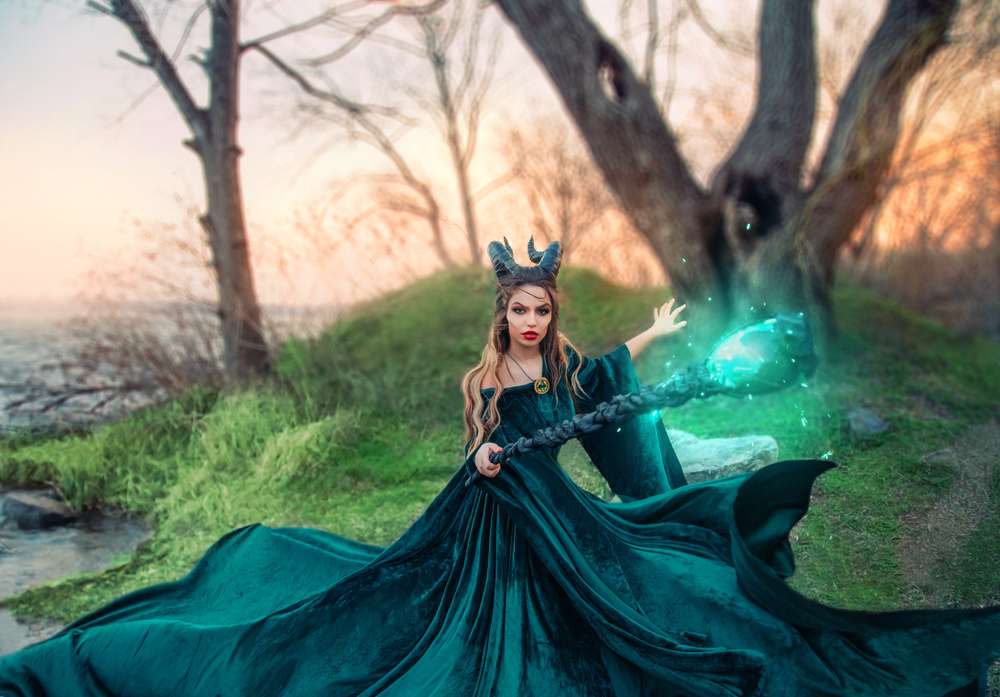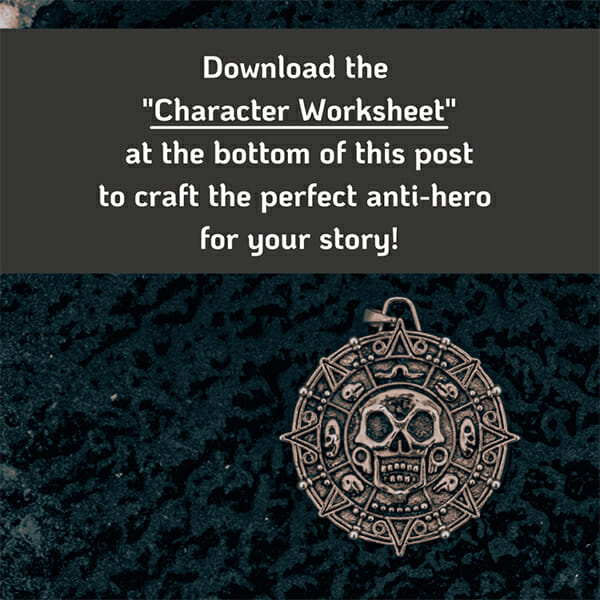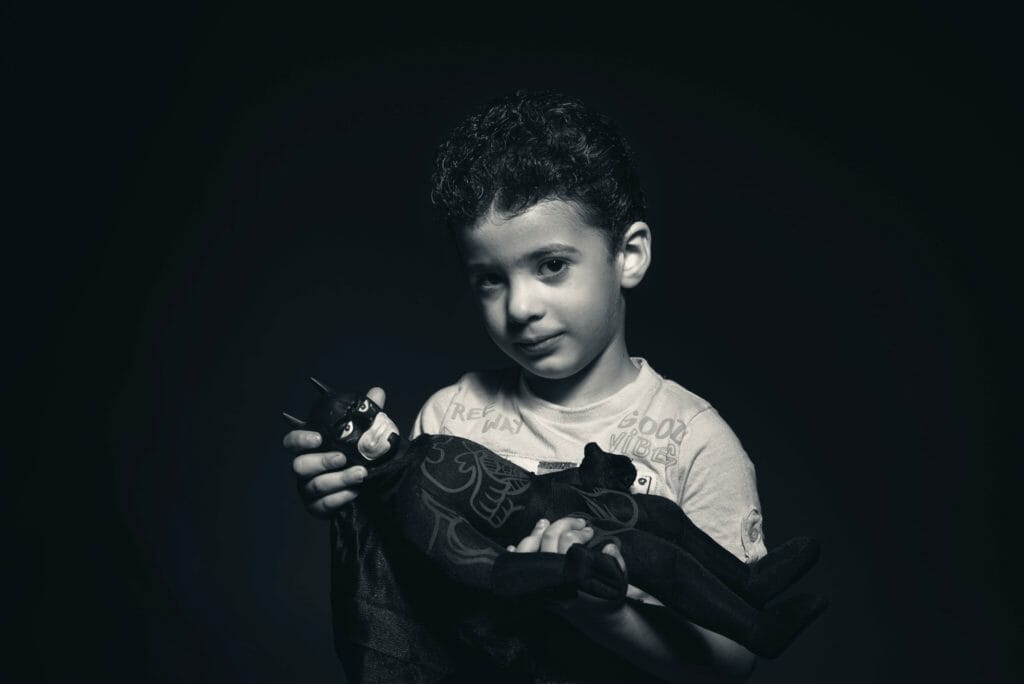We love the antihero.
Seriously. Jack Sparrow, Batman, Walter White, Severus Snape—-these characters are some of the most treasured fixtures in our pop culture. Breaking Bad ended years ago, but people still get into heated debates about Walter White like the season finale happened yesterday.
Why?
As a writer, you might want to get in on some of this action yourself. It’s not a coincidence that antiheroes are so remembered and beloved. In this article, we’re going to talk about why antiheroes work so well when they’re done effectively—-and we’ll help you avoid writing an ineffective antihero, too!
What is an antihero?
In literature, “hero” typically refers to the protagonist of the story. An “antihero” is a character who is still your protagonist, but their morality is more ambiguous. They’re flawed, complex, and often incredibly relatable to the audience. They’re usually seen as broken or damaged, despite the fact that they’re usually doing the best that they can.
An antihero lacks the usual traits we associate with heroes—they make “bad” choices, are often self-serving, and don’t follow society’s rules and expectations.

Why are they so impactful?
Heroes are fun to read about, sure. But they’re not very relatable. It’s satisfying to see Captain America take the high road and we can appreciate what a good guy he is. The fact that antiheroes are a little darker means there’s an automatic extra layer of complexity to them that we don’t get with regular heroes.
But also, there’s just something so gratifying about watching anti-heroes.
They don’t take the high ground. They don’t usually really care that much about helping others, and they’re generally just trying to save their own skin.
And the truth is, that’s a lot more relatable than someone who never does the wrong thing, even once. We want to watch a character do the stuff we secretly fantasize about. We want to see Jack Sparrow work around the law to get what he wants and laugh when he stabs his friends in the back—-it’s mean, but it’s fun!
We see a little bit of the darker parts of ourselves in a good antihero, and that’s what makes them so effective. Even if we don’t necessarily relate to them, it’s just a guilty pleasure to watch them scowl and stomp around and tear through the plot.
Plus, that self-serving nature often makes for really compelling conflict. So once you’re in it for the one-liners and gleeful jabs, you’re staying to see whether our dark, snarky protagonist could actually be capable of change.
Examples of an anti hero
Let’s look at a few antiheroes in our popular culture and talk about what makes them work so well to give you a better sense of what we’re working with:
Jack Sparrow
Jack Sparrow wants his ship back. He’s working around the law, since he’s a pirate, but he’s also a failing pirate. Depp modeled this character after a washed-out rock star, and it gives Sparrow that modern edge and comedic feel that we remember him for! We love his snark and we love how unpredictable he is–he’s not always loyal to our protagonists.
Important to remember: Sparrow may be unpredictable, but he’s always loyal to his own interests, and his interests remain consistent. We’ll expand on this later.
Geralt of Rivia
Toss a coin to your Witcher! He’s literally dirty, he’s grumpy, he’s unfriendly, and he doesn’t care about you or anyone else except himself.
…right?
Geralt works well because although he’s a no-nonsense character with some questionable methods, we get moments of real humanity from him. He may not ever admit it—-ever—-but he does care about helping people, and he does have people he cares about.
Maleficent
I remember being pretty confused when I sat down to watch the Maleficent movie starring Angelina Jolie. A movie? About her? She’s the bad guy!
When the movie started, my suspicions were confirmed. She’s evil! She’s got horns!
But then it got complicated.
Maleficent hits the major antihero beats we discussed. She’s snarky, she laughs at some of the fairy tale tropes that we’ve all kind of been dying to laugh at, and she makes faces at a baby. Guilty-pleasure stuff. But we also get her origin story, and we learn that she isn’t actually, deep down, evil.

Tips for writing anti heroes
How can we make our own antiheroes work as well as the examples we provided? Well, I’ve got a list of tips and tricks based on the examples we just gave. Here’s 5 ways to make your antihero work in your story!
Give Them a Motive
Antiheroes are all about their unconventional methods and roundabout approach. They can also be known for their unpredictability, since they’re pretty self-serving. Sometimes, when this is done wrong, it makes the character confusing. You don’t want a character randomly being cruel and being arbitrarily unpredictable.
To solve this, just give them a strong motive.
Here’s a huge author hack for you: readers will root for just about any character with a strong motive. Think about John Wick. We’ll happily watch him go on a two-hour murder rampage because, hey, someone got his dog! It’s a simple hook, but it works.
Jack Sparrow, to use an earlier example, is self-serving and unpredictable, but he’s always doing things in line with his own goals. He wants his ship back and he wants pirate fame. His actions aren’t random, they just don’t always align with what our protagonists want. That’s what makes him a wild card, and that’s what keeps him from being frustrating.
Let the Mask Slip
Antiheroes gotta antihero, and that means a lot of snark, glowering, and generally grumpy behavior. Where heroes are genuine and kind, antiheroes have a lot of snark and defenses.
But you know what audiences love? When the mask slips, and we can see that our antihero isn’t actually rotten to the core.
You don’t want your antihero to be outright evil. Someone who acts mean and is mean and does mean things is just a villain. Think about Geralt. He’s grumpy, he huffs and puffs about, but then we see him with Yennefer. His defenses slip, and he’s soft and feeling and kind.
Aw, we think. He’s not all bad.
And not only does that make us more comfortable watching him ram daggers into people’s eyes, but it also makes us want to see the mask slip again. It keeps us engaged, and it sets us at ease.
Give ‘Em a Sidekick
Antiheroes can be funny sometimes, when they’ve got something snarky to say. But they can also be a little bit painful to sit with for long periods of time. Again, let’s use Geralt here. He’s not running around making jokes like Sparrow–on his own, he’s probably quiet, gruff, and minding his business.
How do we fix this? Enter Jaskier.
I always say this is the Donkey and Shrek approach. For one, it’s hilarious to watch a bubbly, quipping sidekick try to pal around with the world’s grumpiest idiot. For another, it breaks up some of that gloom-and-doom and gives the audience something more dynamic, lighthearted, and interesting to experience while these characters are on their journey.
Plus, this often combines with the last point. For all the complaining the antihero might do about their sidekick, it makes for a great feel-good moment when we watch them trudge along to rescue their annoying counterpart from whatever shenanigans they blundered into.
Make Them A Feature, Not the Main Attraction
Like we’ve mentioned, antiheroes can be something of a downer. At worst, they can be grumpy and incompatible with other characters, and at their best, they can be unpredictable and unwieldy. It can be a little difficult for an audience to sit with a totally self-serving jerk, even if that jerk is funny and has a good motive.
This is really just because antiheroes can be a little chaotic. And there’s an easy way to temper that chaos: relegate them to the sidelines and make them a feature.
Jack Sparrow is our example again here. He’s a major character, sure, but he isn’t really our main character. Elizabeth Swann and Will Turner are our main characters. Jack Sparrow is acting as sort of their pirate guide—-the story is about him, in part, but he’s more of a feature than the main character.
Because of this, all of his quirks and weird antics are comedic relief. They’re a delightful break from the traditional pirate story, and they make it fun and exciting. When we’ve had enough, we come back to the plot, and we stay engaged the whole way through.
Give Them a Code
We don’t want our antiheroes to be full-on villains, and we want them to have a motive. But sometimes we still need a little something extra to make it clear to the audience why they behave the way they do, and why they matters.
Give them a code! I also call this the Batman solution.
Batman is a classic antihero–unconventional methods, gruff demeanor, ticks all the boxes. One of the things that makes him an effective antihero and not just an inconsistent, frustrating character is that he’s got a very rigid code: he doesn’t kill people.

Prompts for writing anti heroes
Ready to get started with your own antihero? We’ve got some prompts to set you on your snarky, self-serving way:
- A man gets diagnosed with a terminal illness and needs to make sure his family isn’t financially screwed in the wake of his treatment and departure. He’s willing to do whatever it takes to make some extra money. What does he try?
- A village recluse’s home is invaded with woodland creatures. It turns out their land has been taken by the King, and the recluse decides to advocate for the creatures to get them off his land.
- Pick a villain from your favorite fairy tale and write their origin story. Were they always evil? Or were they just misunderstood?
- A rogue bounty hunter wanders the countryside with his prized hunting dog, looking to pick up odd jobs. One day, someone steals his hunting dog, and the bounty hunter goes on a mission to get him back.
- This businesswoman is ruthless, cunning, and self-serving. On a layover, she gets stranded in a small town with her chipper new intern. Write them falling in love!



